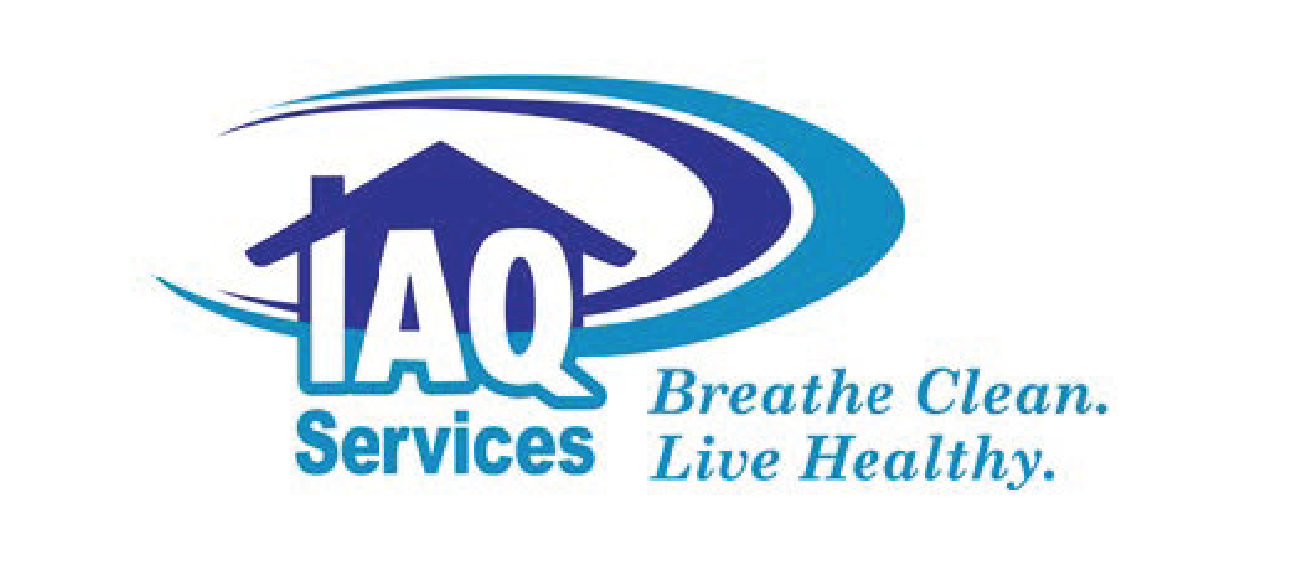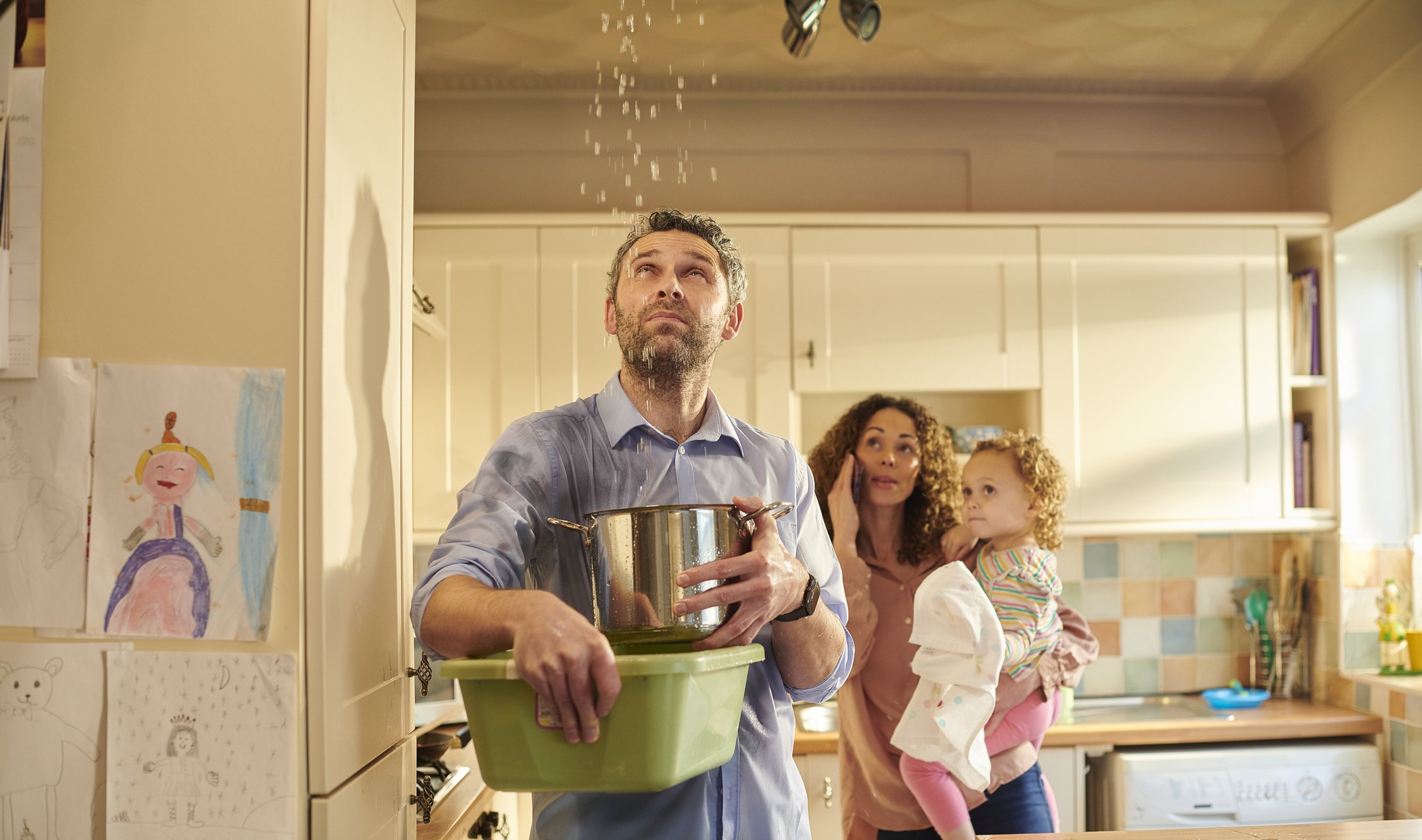Water Damage Restoration
Water damage in homes can be a devastating issue, stemming from various sources such as floods, pipe bursts, leaks, or high humidity. Addressing water damage promptly for homeowners in New Orleans is even more important due to the city's frequent storms and high humidity levels, both of which can complicate the drying process and accelerate mold growth.
At the first sign of trouble, it’s important to quickly call professionals like Indoor Air Quality Services, Inc. (dba IAQ Services) who can significantly mitigate the harmful effects of water exposure in your home and preserve both the integrity of the structure and the health of its inhabitants.
Water damage to New Orleans area homes can cause long-term structural and health problems if not properly addressed. While restoration may involve removing and replacing some of the affected areas, the faster you act, the more of the original structure can be maintained.
Water damage can progressively worsen if not dealt with promptly, moving through several stages or damage that each compound the problem and make restoration more challenging. At first, there is initial contact with water, then absorption and spread of the moisture, or wicking begins to occur.
Left untreated, there can be significant damage within the first 24 hours, and within 48 hours mold and mildew can begin to grow. After days and weeks, the damage can become extensive with some materials like hardwood floors warping beyond repair.
The water damage restoration process depends on the issue's time and severity. It is critical to return the home to a safe, livable condition. It typically involves several stages, each crucial for ensuring comprehensive recovery and restoration.
Emergency Contact and Assessment: The first step is contacting a professional restoration service as soon as possible. The service will assess the extent of the damage, categorizing and classifying it to plan the appropriate response.
During this initial phase, experts conduct a thorough assessment to understand the scope of the damage. Moisture detectors and hygrometers are used to measure moisture saturation and help in mapping the moisture in walls and floors to create an effective drying strategy.
Infrared cameras are used to identify water locations behind walls and under floors without the need for demolition or invasive techniques.
Water Removal: Prompt water extraction is critical to mitigate further damage. The quicker this water is removed, the less damage and the lower the risk of mold growth.
Submersible pumps and powerful wet/dry vacuums pump high-level water. Portable extraction units can be brought into the home to remove water from carpets and upholstery.
Drying and Dehumidification: Once the bulk of the water is removed, drying out the remaining moisture begins. This phase is crucial to prevent the swelling and warping of walls, floors, and furniture.
Industrial-grade air movers and dehumidifiers are placed strategically throughout the affected area to facilitate optimal drying. Heat injectors are used to dry out hard-to-reach areas or dense materials by injecting hot, dry air.
Professionals monitor the area's moisture levels daily, adjusting equipment as necessary to ensure thorough drying.
Cleaning and Sanitizing: Water damage can leave behind dirt, bacteria, and mold spores. This stage of the process involves cleaning all restorable items and structures affected by the water. IAQ Services Inc. professionals will also sanitize with antimicrobial treatments and remove odors using industrial air scrubbers and fogging equipment.
Restoration: The final step is restoring the home to its pre-water damage condition. This could involve minor repairs such as replacing a few panels of drywall or entail major renovations like reconstructing entire rooms or areas of the home.
For a quick assessment and detection of the source of the water infiltration, contact the professionals at IAQ Services Inc today. Breath Clean. Live Healthy.

